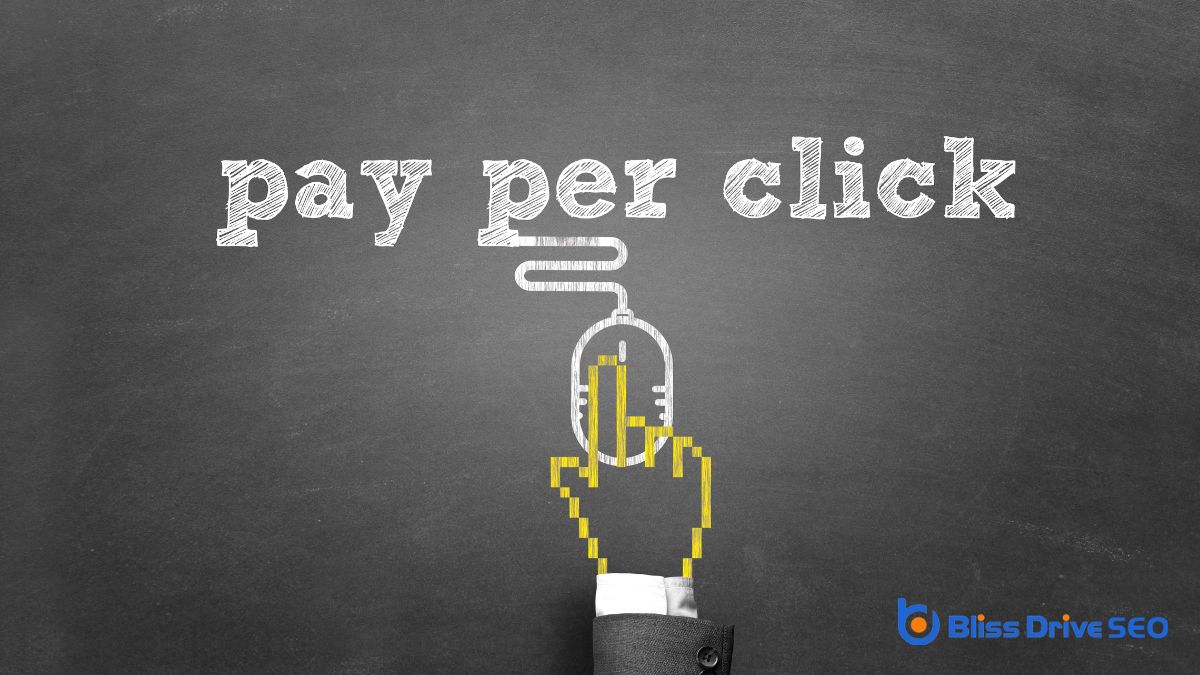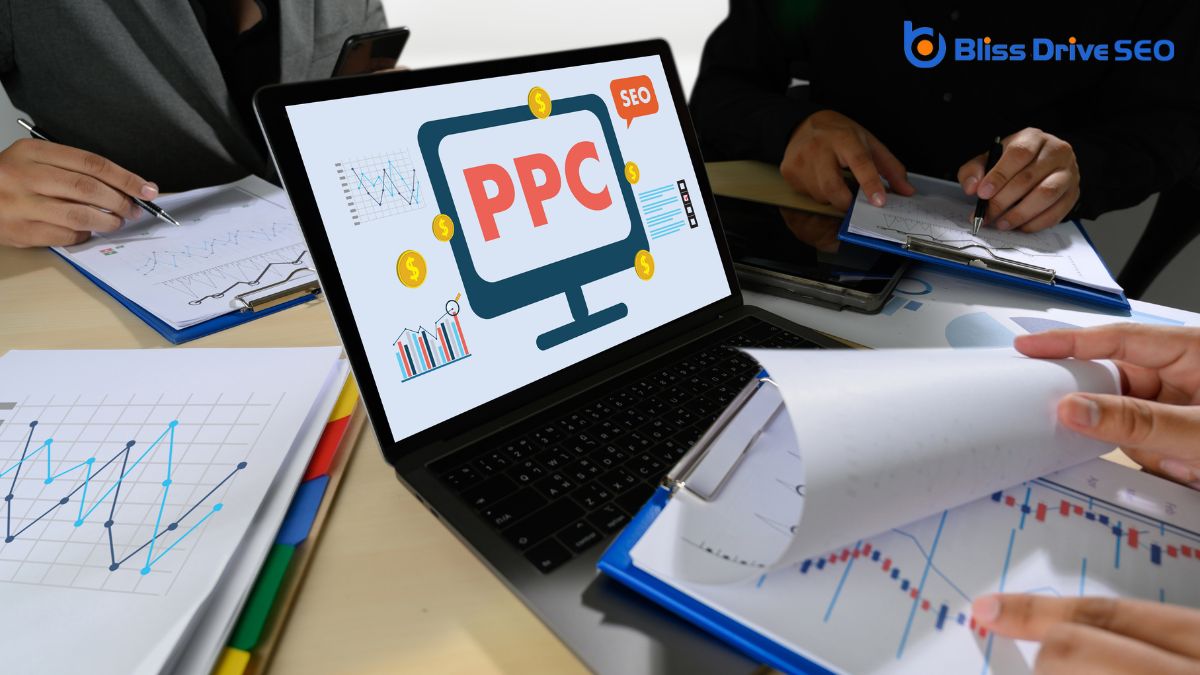Digital Marketing Services
Learn More About Us

The best use of PPC is strategically spending to drive targeted traffic and achieve measurable results for your business. By selecting keywordsWords or phrases that users type into search engines to find information. that align with your audience's search intentThe purpose behind a user’s search query., your ads become more relevant and cost-effective. Allocate your budget wisely, focusing on high-ROI keywords and ad placementsSpecific websites or locations within websites where ads can appear. where your audience spends time. Guarantee efficiency through constant tracking and analysis of performance metricsKey indicators used to measure the effectiveness of affiliate marketing efforts, such as clicks, con.... Continue exploring to uncover how these strategies can support your business growth.

When you start exploring the world of digital marketing, understanding the basics of PPC (Pay-Per-Click)An online advertising model where advertisers pay a fee each time their ad is clicked. advertising is vital. With PPC, you pay a fee each time someone clicks your ad, driving traffic to your site. It's a way to buy visits rather than earning them organically.
You set a budget and bid on keywords relevant to your business, guaranteeing your ads appear prominently on search engine results pages.
PPC platforms, like Google Ads, offerThe specific product or service being promoted by affiliates. tools to target specific demographics, locations, and devices, maximizing your reach. You'll only pay when someone clicks your ad, making it cost-effective and measurable.
To craft effective keyword strategies, start by understanding your audience's search intent and the language they use. Immerse yourself in their world and think about what drives their clicks.
When you're considering keywords, focus on these elements:
Although crafting the perfect ad is essential, strategically placing these ads can greatly enhance their effectiveness. You need to understand where your audience spends their time online. By targeting the right platforms and pages, you'll increase the likelihood of your ads being seen by potential customers.
Consider the user's journey—different stages require different placements. For instance, a display ad might catch attention, while a search ad targets users ready to purchase.
Experiment with placements, and don't hesitate to use A/B testingA method of comparing two versions of a web page or app against each other to determine which one pe... to see what works best. Analyzing data from these tests helps you refine your strategy.
To make the most of your PPC budget, start by prioritizing high-ROI keywords that drive the best results for your business.
Implement A/B testing to refine your campaigns, ensuring you're spending wisely and getting ideal returns.
When managing a PPC campaign, it's crucial to focus on high-ROI keywords to guarantee your budget is spent wisely and effectively.
By prioritizing these keywords, you secure the highest possible returns for your investment. Here's why it matters:
A/B testing is a powerful tool for efficient budget allocationThe process of distributing a budget across different campaigns and ad groups. in PPC campaigns. By comparing two versions of an ad, you can identify which one performs better.
This insight helps you allocate your budget more effectively, ensuring you're spending money on ads that truly engage your audience. Don't guess what works—test it! Run simultaneous campaigns with slight variations, like different headlines or images, and analyze the results.
Keep an eye on metrics such as click-through rates and conversions. These will guide you in choosing the winning ad.
Once you find the more effective version, shift your budget accordingly. This approach not only optimizes spending but also maximizes returns.
Embrace A/B testing, and you'll make smarter, data-driven decisions for your PPC strategy.
Understanding how to track and analyze PPC performance is essential for maximizing your campaign's effectiveness.
You'll want to focus on key metrics that reveal how well your ads are doing. Start by examining CTR (Click-Through Rate) to see how often people click your ads. Then, look into the conversion rateThe percentage of visitors who complete a desired action, such as making a purchase or filling out a... to determine how many clicks leadA potential customer referred by an affiliate who has shown interest in the product or service but h... to desired actions. Finally, analyze the cost per conversionThe completion of a desired action by a referred user, such as making a purchase or filling out a fo... to guarantee you're not overspending.
Consider these steps to foster success:
Embrace these insights to enhance your PPC efforts!

To drive business growth with PPC strategies, you must be agile and ready to adapt. Markets change, and so should your approach. Start by analyzing current trends and consumer behavior. Use this data to refine your targeting and bidding strategies. Don't forget to test different ad creatives; what worked yesterday might not work today. Regularly review your keywords and adjust as needed.
Here's a quick guide to keep your strategies fresh:
| Strategy | Action |
|---|---|
| Market Analysis | Stay updated on industry trends and consumer preferences. |
| Ad Testing | Experiment with different headlines, images, and calls-to-action. |
| Keyword Review | Analyze and update your keyword list regularly. |
| Performance Metrics | Monitor KPIs to identify areas for improvement and growth. |
You've got a solid grasp of PPC advertising now. By crafting effective keyword strategies and optimizing ad placements, you're set to maximize your campaign's impact. Efficient budget allocation is key, so make certain you're tracking and analyzing performance regularly. This way, you can adapt your strategies for ongoing business growth. Remember, PPC isn't just about clicks; it's about reaching the right audience and driving results. Keep refining your approach, and you'll see your efforts pay off!
